2015 Annual Report for FW14-019
Improving Orchard Management through Multi-Species Cover Crop Mo
Summary
Progress with the project has been a challenge. In Nov 2014 a historic freeze destroyed many of the trees in the orchard where the project was going to be conducted. So we were forced to move the project to another location. The majority of the challenges have been in finding cover crop species and planting equipment that will allow for the establishment of a good stand of cover crop. However, we have refined our timing and equipment and are now focused on the species. We would like to extend this trial, with no extra charges, to include another season so we can improve the data generated and have a better “how to” manual at the end.

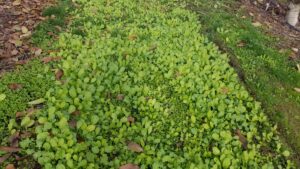
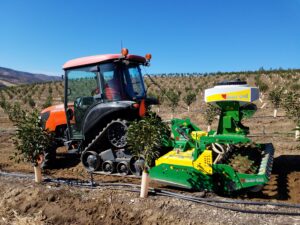
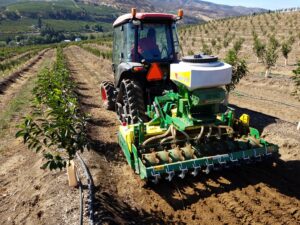

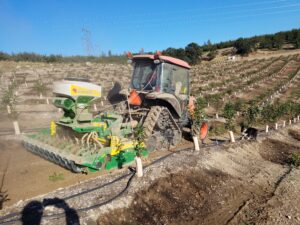

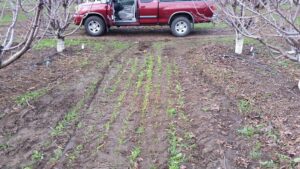

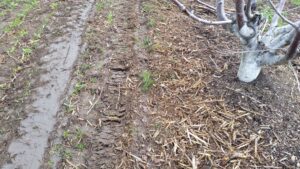



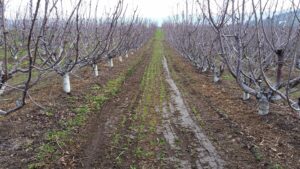
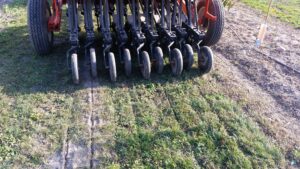
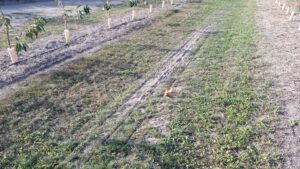
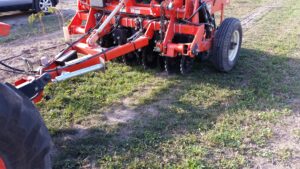

Objectives/Performance Targets
Objectives worked on so far include:
1. To research how planting times, seeding rates, and seeding equipment affects multi-species cover crop establishment (Years 1-3). Thus far we have had success on developing equipment and planting techniques that will work in orchard systems. Much work needs to be done selecting plant species that will do well in the shade and traffic of the orchard during the growing season.
2. To research three different cover crop mixes of two species or more on the following parameters: soil compaction, tree nutrient uptake, fruit size and firmness, and fruit yield (Years 1-3). Data is being gathered but we have had a real challenge establishing good stands of cover crops. Traffic, shade and weeds pose a significant challenge.
3. To quantify economics of cover crops, including the following parameters: cost of seed, cost of establishment, nutrient contributions, pest and disease hotspots, management costs, fruit yield and quality (data collected in Years 1-3, results published in Year 3). Data are being collected.
4. To encourage the adoption of multi-species cover crop mixes amongst commercial orchardists in the region and beyond (Years 2 and 3). We are coordinating with OSU Extension to have a field day at the site in March of 2017.
5. To quantify the adoption impacts of this project via evaluation techniques, such as before-and-after questionnaires, follow-up surveys, and site visits (Years 2 and 3). No progress to date.
Accomplishments/Milestones
Accomplishments so far include:
- Planting equipment, techniques and timing have been evaluated. Several practices have been identified as successes.
- Selection of species continues. We think we have determined that an annual “warm weather” planting in spring and a “cool weather” planting in fall will be successful. Species that can tolerate traffic, shade and compete with weeds are being selected.
- A field day is planned with OSU Extension in March of 2017.
- Data continue to be gathered but until a successful stand of cover crops is established little economic comparison is possible.
Collaborators:
Project Manager
Omeg Family Orchards
2967 Dry Hollow Ln
The Dalles, OR 97058
Office Phone: 5412964723
Website: omegorchards.com
Technical Advisor
Oregon State Univ Extension
400 E. Scenic Drive, Suite 2.278
The Dalles, OR 97058
Office Phone: 5412965494